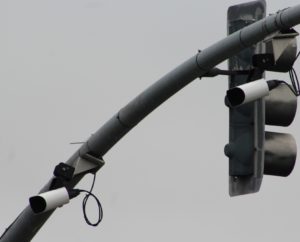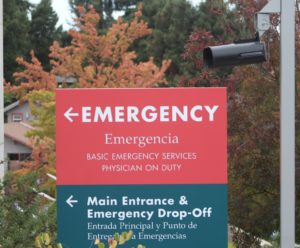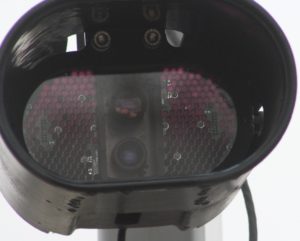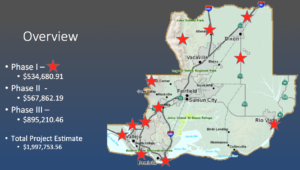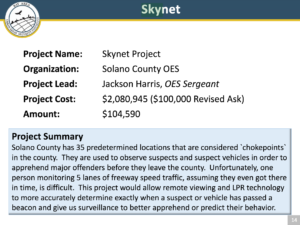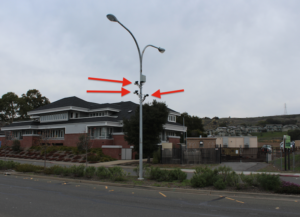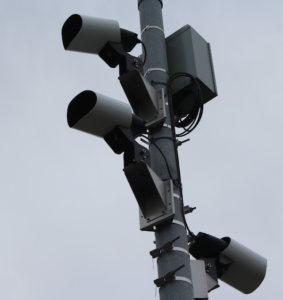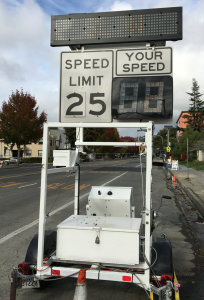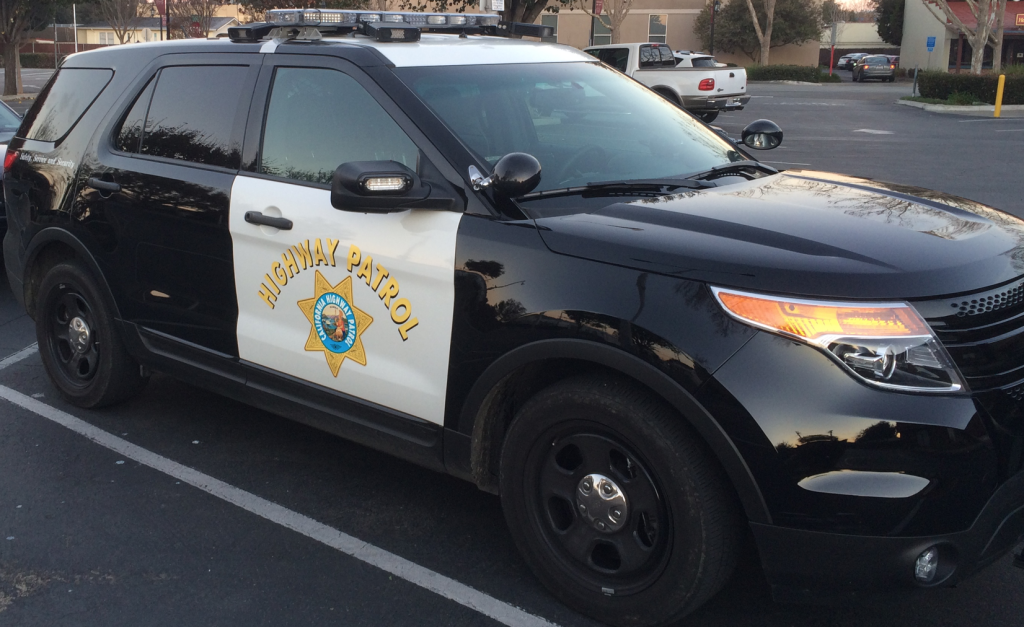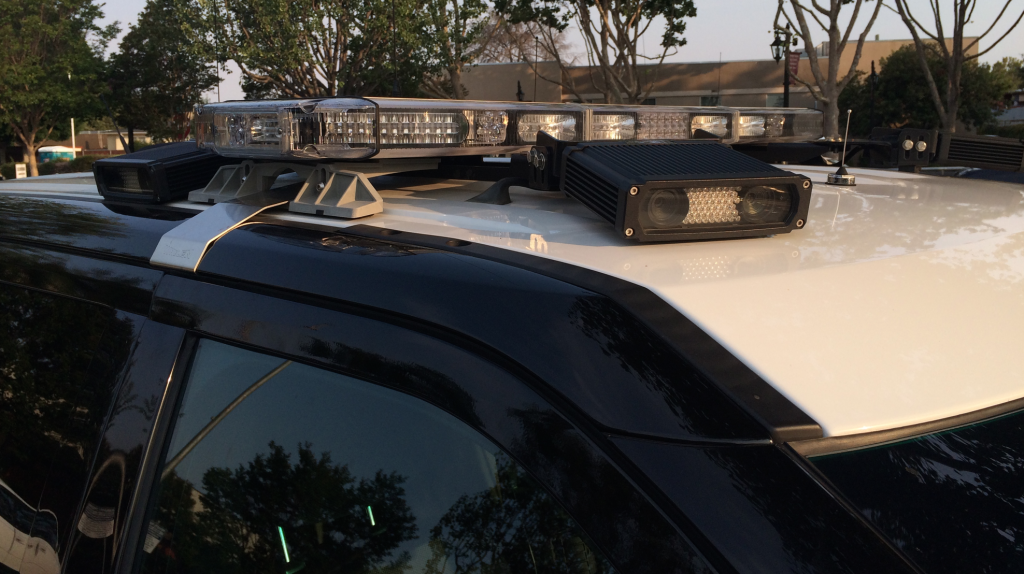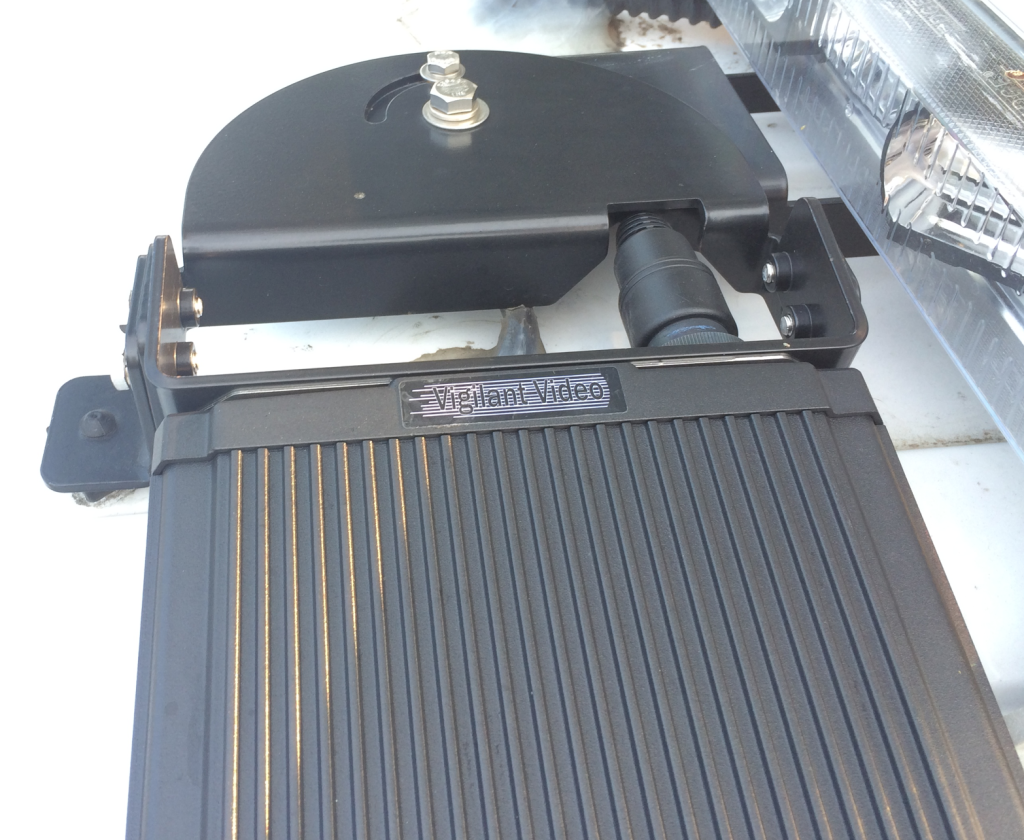The Vallejo Police Department cited ferry terrorism as part of its $30,000 grant application for license plate readers, calling the ferry “a viable threat for a terrorist act.”
According to the grant application, the “Grant Funds will be utilized to establish an ALPR [Automated License Plate Reader] camera system for eastbound and westbound traffic lanes approaching the Ferry Terminal, Ferry Terminal Parking Structure and waterfront.”
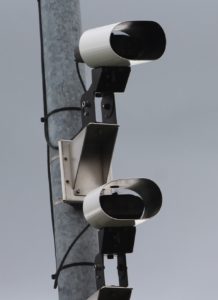 The Vallejo Police Department already has a network of license plate readers in locations around the city. Two of Vallejo’s ALPRs can be found on a pole on the west side of Glen Cove Road, at the Vallejo city line just south of Interstate 780. Two ALPRs are located in front of 4325 Sonoma Boulevard and two ALPRs are located on southbound Fairgrounds Drive at Gateway Drive. The six stationary ALPRs were installed in 2015, along with ALPRs on five police vehicles.
The Vallejo Police Department already has a network of license plate readers in locations around the city. Two of Vallejo’s ALPRs can be found on a pole on the west side of Glen Cove Road, at the Vallejo city line just south of Interstate 780. Two ALPRs are located in front of 4325 Sonoma Boulevard and two ALPRs are located on southbound Fairgrounds Drive at Gateway Drive. The six stationary ALPRs were installed in 2015, along with ALPRs on five police vehicles.
According to information provided to the California State Auditor, 102 of the police department’s 150 employees have access to license plate reader data. The Vallejo Police Department’s ALPRs send the collected images and data to the Northern California Regional Intelligence Center (NCRIC), which retains them for one year and makes it available to dozens of other agencies. In the six months from July 2019 to December 2019, Vallejo sent more than 5 million images collected from its ALPRs to NCRIC.
Vallejo Detective Lieutenant Fabian Rodriguez was listed as the applicant for the grant for the project, which was expected to begin on November 1, 2020 and completed by May 1, 2021.
The regional benefit was described as:
ALPR Cameras to Strengthen Information Sharing and Collaboration of data from Vallejo Ferry Terminal. The Ferry Terminal provides daily commuter transportation from Solano County to San Francisco, with commuters from Napa utilizing the ferry for daily transportation to the Bay Area.
The terrorism nexus was described as:
With thousands of commuters utilizing the Vallejo Ferry system each day to travel to San Francisco, the Ferry is a viable threat for a terrorist act. Installing an ALPR camera system in the area of the Ferry Terminal will assist with identifying potentially wanted terrorist suspect vehicles.
On March 12, 2020, the Bay Area UASI Approval Authority approved a $30,000 grant to the Vallejo Police Department for its “Vallejo PD ALPR” project. When we requested a copy of the grant application, the Vallejo Police Department responded that it has “no responsive documents.” The grant application was disclosed pursuant to a public records request to the Bay Area UASI.
Documents:
